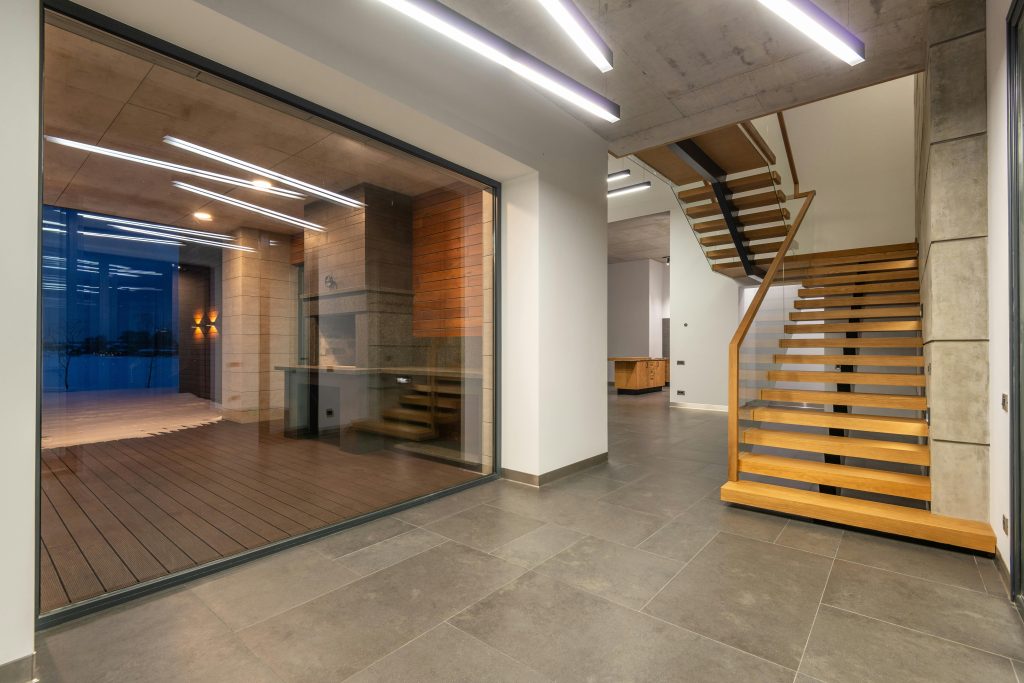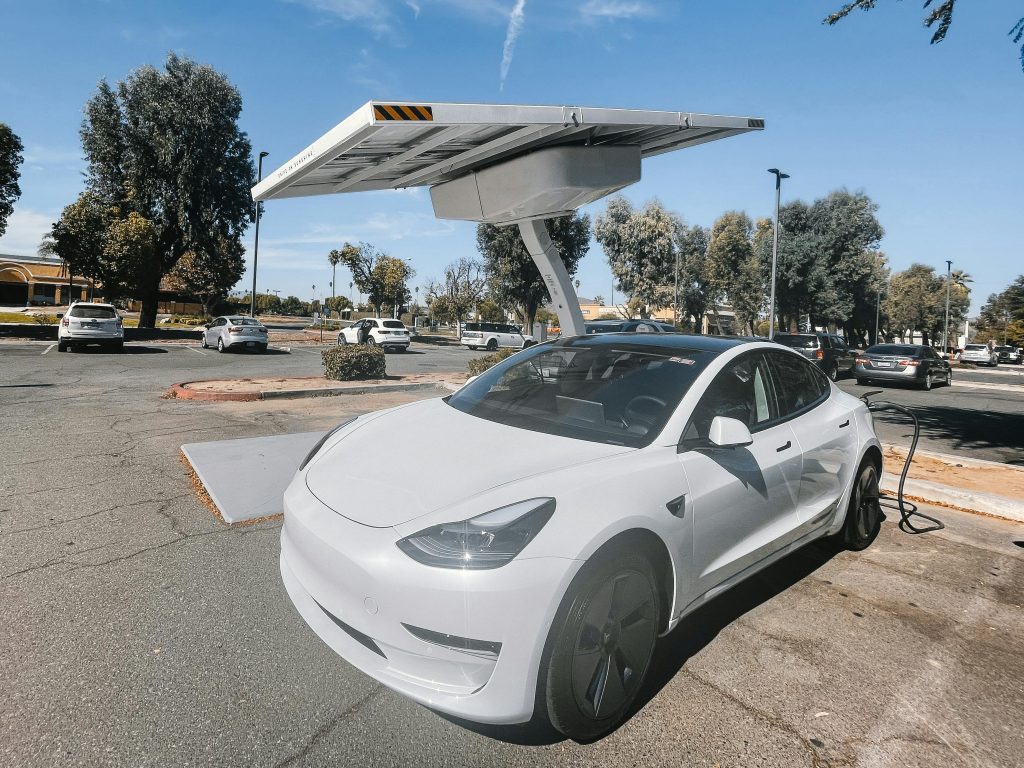How tradespeople can help in achieving net zero
The construction and trade sector is one of the largest contributors to carbon emissions. Approximately 37% of global emissions are the result of building operations and the use of materials like cement and steel.
As the UK government puts plans in motion to help achieve net-zero emissions by 2050, tradespeople are being encouraged to be more sustainable in their daily practices. If you’re in the industry, there are a few ways you can reduce your carbon footprint to help reach net zero.
Contents
Use sustainable materials
The extraction, production, and transportation of materials like concrete and insulation contribute heavily to carbon emissions. Where possible, you should try to utilise eco-friendly alternatives such as recycled or repurposed timber and bamboo. You can be sure that these resources come from responsibly managed forests, thereby reducing deforestation.
Another suitable alternative is low-VOC (volatile organic compounds) paints, which release fewer harmful chemicals when applied. This improves indoor air quality and environmental health.
Reduce waste
Construction is one of the largest producers of waste, which then needs to be disposed of safely. However, if waste disposal practices continue unchanged, pollution will be unchecked and there could be flooding from clogged drains, the disruption of ecosystems, and a higher risk of illness from airborne particles.
You therefore need to find ways to reduce waste and properly dispose of any that is unavoidable. Firstly, projects must be planned carefully, with accurate measurements being made. This will help reduce material wastage and save resources.
Should there be any offcuts left over, you could recycle them, use them for minor tasks, or sell them as scrap. Waste that needs to be recycled must be disposed of correctly at official distribution centres.
Waste that doesn’t fall under household materials may be subject to a fee, but you can apply for a DIY waste permit that allows you to dispose of a certain amount for free. Materials that fall under this category include hardcore and rubble, timber, bathroom and kitchen fittings, and asbestos.
Offer energy-efficient services
Energy efficiency is key to reducing our power usage but many homes in the UK have a poor energy performance certificate (EPC) rating. Essentially, this means the home is unnecessarily wasting energy, resulting in more greenhouse gases being released and higher bills.

You can play a key role in recommending and installing energy-saving measures in the homes of clients. Popular and effective measures include LED lighting, smart thermostats and loft insulation. While usually more expensive, insulation is one of the most effective methods of reducing the energy required for heating and cooling. This can lead to lower energy bills and a reduced carbon footprint.
Promote water conservation
We’re all guilty of wasting water, whether it’s leaving taps on by mistake or an old toilet unnecessarily flushing gallons away with each use. You should now offer the installation of water-efficient plumbing fixtures, such as dual-flush toilets and low-flow taps and showerheads. Installing these can significantly reduce water consumption.
Additionally, you can advocate for harvesting systems that collect rainwater that can then be used for things like irrigation and toilet flushing. This not only conserves water but also reduces the strain on local water supplies.

Reduce transportation
Transporting materials between job sites or travelling long distances to reach customers’ homes can contribute to your carbon footprint – especially when using a petrol or diesel vehicle. Instead, you should look to swap your current model for one that is more efficient or explore electric vehicles.
Efficient planning of workdays is important to meet the requests of clients but also to minimise travel distances. Whenever possible, try to schedule jobs within the same area for a specific day. Reducing the time wasted driving on the roads while minimising the fuel or electricity used is a win-win.
Because there’s no internal combustion engine in electric cars and vehicles, there are no tailpipe emissions produced. This makes them an eco-friendly alternative.

Invest in electric tools
Even the tools used for everyday jobs can substantially reduce environmental harm. Advancements in construction equipment have led to electric tools becoming almost the norm. These typically produce fewer emissions than alternatives powered by fossil fuels and are safer for the user given harmful chemicals won’t be inhaled.
Whether it’s replacing an old wall chaser for a cleaner option or looking to get a new cordless drill, avoiding the use of traditional tools is a step in the right direction. Additionally, this sets an example for others in the industry who may be inspired to do the same.
Partner up with green organisations
It can be challenging for skilled workers to suddenly change the methods they’ve dedicated their lives to mastering, especially if they haven’t received training on sustainability. Partnering with others in the sector or green corporations can provide support on environmentally friendly building codes and suggest ways to be more eco-conscious.
Signing up and participating in events or public talks around sustainable construction can help you stay informed about the latest developments.
By following the steps set out in this article, you can do your part in helping the UK to reach its target of net zero. Even small changes in daily practices can make a huge impact, reducing carbon emissions and encouraging others to do the same.

